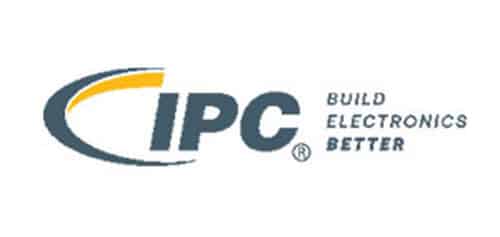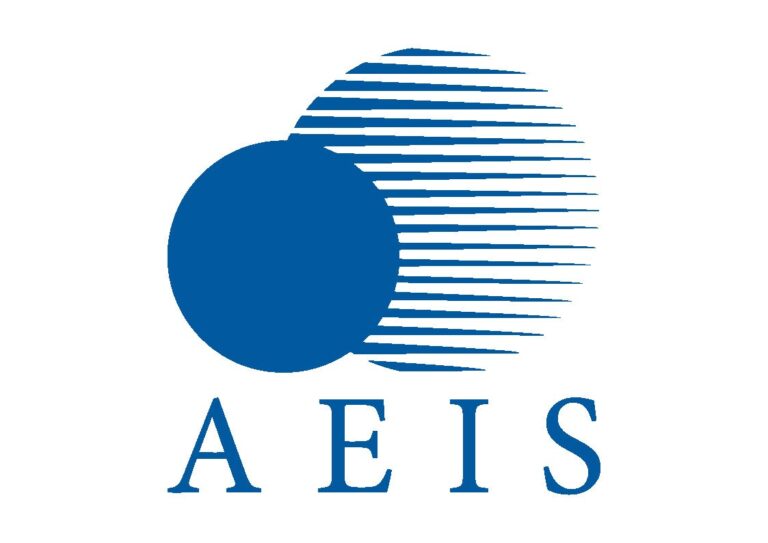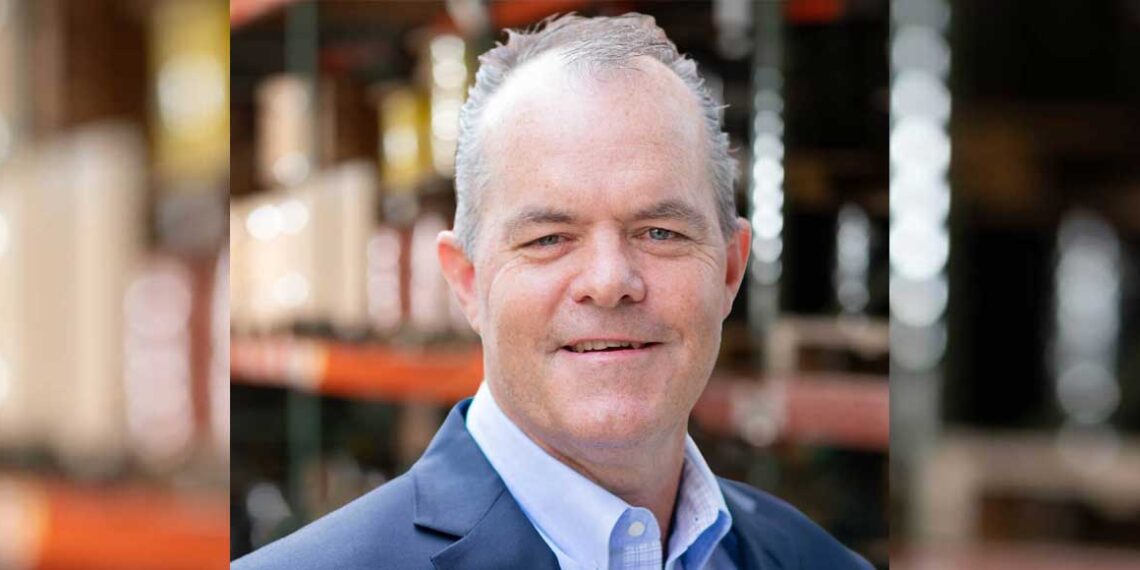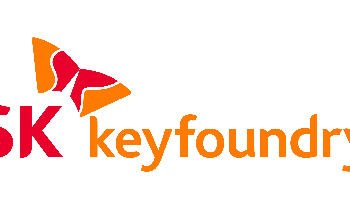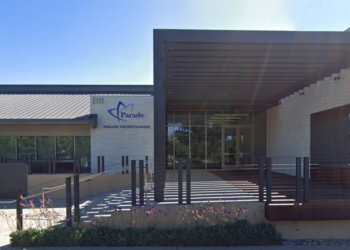By Tom Brown, President, TiniFiber
Global demand for data processing is growing at an unprecedented rate, and this is true across the board: from artificial intelligence (AI) and cloud-based productivity tools to social media, and from IoT to virtual and augmented reality (VR / AR).
This acceleration in data processing requirements is most pressing from generative AI (GenAI) data centers, with a 42% CAGR cited by Bloomberg, but it hardly an outlier, with IoT data consumption growth forecast a CAGR of 24.3% (Fortune Business Insights). And neither AI node IoT are coming from a small base.
While these sectors are diverse, they share a common need for data to be transmitted quickly and reliably to, from and within data centers. This means that robust, long-term cable performance is critical to ensure quality and integrity of links and, with data speeds reaching 50G and beyond, fiber is the only realistic option.
However, not all fiber is born equal and choice of the right cable technology at the outset not only goes a long way to preventing costly and time-consuming problems during installation and operating life but can deliver many other benefits ranging from implementation flexibility to dramatic space savings.
Fiber is the worst choice of transmission for data centers – except for all the others
Please excuse the bad paraphrasing of Winston Churchill, but while fiber optic cable is the only option available… the fact is that, for data center operators, cable also has significant drawbacks, with five of the most common issues that affect performance of these cables listed below.
Bends and Twists: Bending a fiber optic cable beyond its minimum bend radius can cause permanent damage to the glass fibers inside and multiple studies have shown that this leads to significant signal loss and potential cable failure.
Closing of Cabinet Doors: Studies suggest the closing of cabinet doors on cables is among the the most common causes of their damage in data centers. This can crush or pinch the fibers, leading to signal degradation or complete failure.
Corrosion and Moisture: Fiber optic cables can be adversely affected by environmental factors such as corrosion and moisture. Moisture can penetrate the cable jacket and damage the internal fibers, especially in non-armored cables, which results in significant signal attenuation.
Heat: Like any other material, fluctuations in temperatures will cause fiber optic cables to expand and contract, with significant changes leading to potential microcracks in the glass fibers. This thermal stress can degrade signal quality over time. According to research published in the Journal Optica, temperature is among the leading causes of signal attenuation, with its tests showing high temperatures causing attenuation of up to 0.053 dB/km.
Rodents: Rodents are notorious for chewing through cables, and fiber optic cables are no exception. A study by Southern Telecom placed rodents as the cause in approximately 5% of underground cable damage, and the Fiber Optic Association has examined deterrent coatings (from flavored to poisonous).
The above issues can be addressed using armored cable, which provides enhanced levels of physical protection to prevent damage and prevent bends tighter than the minimum allowable radius, and therefore giving significant cost savings during installation and over the cable’s lifetime (reducing the total cost of ownership). But armored cable has also traditionally been significantly larger and heavier than its non-armored counterparts – a challenge that is significant when success is measured by computing throughput per square foot.
What’s more, tight spaces can make installation difficult, particularly with bulkier cable types that can’t support tight bend radiuses. And once installed, multiple, larger cables can impede airflow to servers, leading to excessive heat and costly cooling or unscheduled shutdowns.
Advances in cabling for data centers
Much of this bulk comes from the method of protection, with aluminum interlock armor (AIA) used to prevent damage to the cables.
Among the core methods to reduce weight without affecting protection is to combine a tubular stainless-steel coil with Kevlar®. This has the effect of making the cable significantly stronger than with AIA, yet still enabling for the flexibility required and giving protection to protect the fragile glass fiber optic strands from crushing and damage caused by pinching, twisting and being slammed by closing cabinets or doors. And this method has been shown to reduce cable diameter by >60% and reduce weight by >70%.
The cable’s smaller diameter also allows for a tighter bend radius and allows the cable to be used in smaller conduits.
Summary
Data consumption across a raft of applications is growing and data centers need to increase the rate of data transfer, but traditional fiber is susceptible to a range of attack factors that can cause the attenuation of the signal being transmitted.
At the same time armored cables, such as AIA, have proven too bulky to use in applications such as data centers where throughput is measured per square foot.
New armor coatings are both in development and being deployed to solve this problem and provide a highly reliable, high-throughput solution that is lighter and occupies a fraction of the space than comparable cables.
